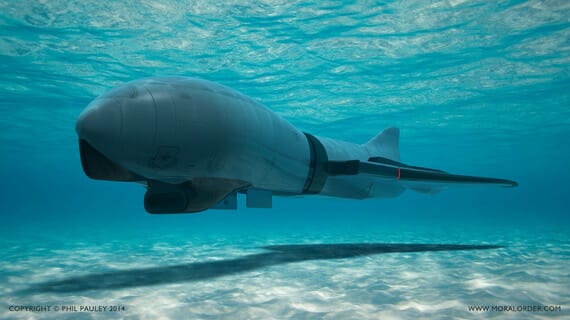Illustration: Phil Pauley
73 years after the Titanic‘s sinking, Robert Ballard and his team finally spotted the ship’s last resting place using a remotely controlled deep-sea vehicle called Argo. The haunting wreckage on the seafloor is a sight that very few pioneering individuals have seen. But imagine being able to book an overnight trip to visit this most famous of sunken shipwrecks, or ‘fly’ over the bubbling hydrothermal vents deep in the Mariana Trench, where only a handful of humans have explored before.

The surface of our planet is two-thirds water, but very little time and energy is focused on exploring our seas. The first commercial space flights will launch in 2015, but meanwhile, we know more about the surfaces of the Moon and Mars than we do about Earth’s deep sea floor. The fact that we’ve spent months looking for Flight MH370 demonstrates that there is so much more to learn. There is a clear public fascination with the sea and the life within it. This week, following on from Fabien Cousteau’s Mission 31, professors Bruce Cantrell and Jessica Fain began what will be a record-breaking 73-day stretch of time living in an underwater habitat in […]
Full article: Underwater Tourism Should Be The Next Frontier
